Snobbery has its own aesthetics. If a work of art seems identical to the naked eye, why should an original Picasso end up in the living room, a reproduction on the stairway and a forgery in the recycle bin?
In 1948, a German art restorer, Dietrich Fey, engaged in reconstruction work on Lubeck’s ancient Marienkirche, claimed that his workmen had discovered traces of Gothic wall painting dating back to the thirteenth century, under a coating of chalk on the church walls. The restoration of the paintings was entrusted to Fey’s assistant, one Lothar Malskat, who finished the job two years later. In 1951, Chancellor Adenauer presided over the ceremonies marking the completion of the restoration work, in the presence of art experts from all parts of Europe. The unanimous consensus, voiced by Adenauer, was that the twenty-one thirteenth century Gothic saints on the church walls were a ”valuable treasure and a fabulous discovery of lost masterpieces”. None of the experts deigned to express doubt as to the authenticity of the frescoes.
It was Herr Malskat, himself, who, two years later disclosed the fraud. He presented himself, of his own volition, to the Lubeck police station and stated that the frescoes were entirely his own work, undertaken by order of his boss, Herr Fey, and he asked to be tried for forgery. Unbelievably, the leading German art experts, in a pique of foolish pride, stuck to their original opinion. They claimed the frescoes were in fact the genuine article and that Malskat was merely out for cheap publicity.
A board of investigation was convened and they vascillated on a decision; only finally arriving at a conclusion of a hoax after Malskat confessed to perpetrating to a long list of art forgeries. Malskat claimed to have manufactured hundreds of Rembrandts, Watteau’s, Toulouse Lautrecs, Picassos, Henri Rousseaus, Corots, Chagalls and other masters and had sold them as originals, some of which were found in his laundry room and garage. Without such weighty and preponderant evidence, it seems unlikely the German experts would ever have admitted to being made to look so foolish and incompetent.
Malskat’s ventures were merely one of a number of similarly successful hoaxes and forgeries, of which the most famous was Van Meegeren’s faked Vermeers and has continued unabated into the twenty-first century on an ever increasing scale. The disturbing question that arises is whether the Lubeck saints are less beautiful, and have ceased to be a ”valuable treasure” simply because they had been painted by Malskat and not by somebody else. Furthermore, if Van Meegeren, can paint Vermeer’s as well as Vermeer, why should they be taken off the walls of the Dutch and other national galleries? If even the experts were unable to detect the difference, then surely the false Vermeers could provide as much aesthetic pleasure for the common run of museum visitors as the authentic ones. All the curators would have to do is change the name on the catalogue from Vermeer to Van Meegeren.
The devil’s advocate is not restricted to visual art. In Macpherson’s ”Ossian”, James Macpherson ( 1736-96 ) alleged he had found some ancient Gaelic manuscripts in the course of his wanderings in the Highlands. In 1761, he published ”Fingal, an Ancient Epic Poem in Six Books, Together With Several Other Poems Composed by Ossian, the son of Fingal”. Ossian is the legendary third-century hero and bard of Celtic literature. This was followed by even larger Ossianic epics. To his death, Macpherson refused, under various unconvincing pretexts, tp ublish his alleged Gaelic originals. It was a hoax fabricated with fragments of ancient Celtic lore.
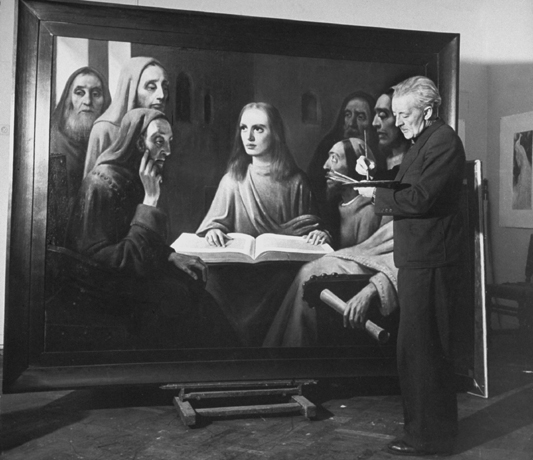
''When the exquisite Christ at Emmaus was found in the linen closet of a Paris house (TIME, Sept. 19, 1938) it was one of the big art stories of the decade… Last week, a Dutch Nazi confessed that he had painted the “Vermeer” himself — and, what’s more, had knocked off six others, plus two Pieter de Hooches for good measure… The master picture-forger was one Hans van Meegeren, a little-known Dutch artist. Although he worshiped Adolf Hitler, he felt no compunction about unloading a fake on fellow Nazi Hermann Göring. Göring got Christ and the Adulteress in a trade for 173 paintings… Some Dutch art experts, who stand to lose considerable prestige over the affair, just plain don’t believe a word of Van Meegeren’s story.''
But, is the poetic quality of the work altered by the fact that it was actually not written by Ossian? The ”Ossianic” texts had a considerable influence on the literature and cultural climate of Europe in the late eighteenth and early nineteenth centuries. It was still a work of art. Art is being forged, copied and counterfeited all the time, and the value we set on the object is not determined by aesthetic appreciation and pleasure to the eye, but by the precarious, and shaky judgement of so-called experts. And it will always be fallible for the simple reason that genius consists not in the perfect exercise of a technique, but in its invention. Once the technique is established, imitators can produce works in the master’s idiom which are often indistinguishable fromtheirs, and often technically more accomplished.
A perfect example is Charlie Chaplin once entering a competition at a fancy dress ball Monte Carlo to see who came nearest to the original. Among the dozen guests masquerading as the Tramp, Chaplin claimed third prize. In 1962, The Fogg Museum of Harvard arranged a private exhibition for connosieurs where there were fakes mixed with originals of among other things an original Picasso drawing of Mother and Child, and two forgeries therof, and authentics and forgeries by Annibale Carracci, one of the most influential painters of the Italian baroque. You can guess the results. If experts are unable to discern, it must be conclusive proof that no such difference can be registered in the lay person’s eye. Are we, then, all snobs to whom a signature, an expert testimony based X-Rays and other technolo
l devices, a postmark, is more important than the intrinsic beauty of the object itself?People will ”see” a work of art differently if for example, they knew a work was a Picasso, instread of a reproduction. A reproduction of a Picasso may end up on the staircase, but , if the samework turned out to be an original, its location would be more prominent. People believe themselves to be guided by purely aesthetic value judgements; composition, color, harmony,power and so on,but if thats the case, since the qualities of the picture had remained identical, why would ones attitude towards it have changed. Obviously, there are some independent and simultaneous processes which interfere with and tend to distort each other. Our judgement is often entirely extraneous to the question of aesthetic value.
There is a tendency to believe that our attitude toward an object of art is determined by aesthetic considerations alone, whereas it appears decisively influenced by factors of a quite different order. Attitude is influenced strongly by context and an inability and an inability to isolate a work of art from its origin or history. For, in our minds, the question of period, authorship and authenticity, though itself extraneous to aesthetic value, is so intimately mixed up with it that it is almost impossible to extricate the two. The phenomenon of snobbery, in all its crude and subtle variants, seems to be always traceable to some confusion of this type.
The cerebral cortex of the art snob runs deep in the DNA. If an art dealer discovers that a cracked and blackened piece of landscape displaying three sheep and a windmill bears the signature of Broeckendael the Elder, there will be a change in their attitude that has zero to do with beauty, aesthetics, or what have you. And yet, the sheep and the mill and the brook do suddenly look different and more attractive. There is an interfering process which distorts the aesthetic judgement.
However, there is the belief that an object that had been in the possession of a person became imbued with their emanations, an in turn emanated something of their substance. Whether it be the Shroud of Turin, Admiral Nelson’s bloodied shirt, Jack the Ripper’s piece of chocolate, a splinter from a Saint’s bone and so on. It is difficult to escape the pull of sympathetic magic; the contact with the master’s hand that had imbued the object with a kind of effluvium which has lingered on and emanates a thrill. It is likely however, that the inordinate importance that is attributed to the original and authenticated, has its unconscious roots in a type of fetish worship which would help explain its compelling power. After all, who would not cherish a lock from an Egyptian mummy’s head?
Yet, in the art world, borderline cases where only the expert can decide on questions of authenticity are quite frequent, almost the rule. Not necessarily forgeries, but the classical practice of the master letting his pupil’s apprenticed to his workshop, assist in the execution of larger undertakings to a greater or lesser degree just to the point of painting an entire work after the master’s sketch. It has to be concluded, that for the great majority of mortals, including connosieurs, the differences between an authenticated masterpiece, a doubtful attribution, and a work ”from the school of” are in most cases not discernible. But, the fact remains that an ”attribution”, perfect in its genre but not authenticated, is held in lower esteem than a work of lesser perfection that is guaranteed to have come from an aging master’s hand. Its not the eye that guides the museum visitor , but the magic of names.
The second ”interfering process” is period consciousness. A Byzantine icon, or a Pompeian fresco, is not enjoyed at its face value, but by a partly conscious attunement of the mind to the values and techniques of the time. Even in paintings from periods whose idiom is much closer to ours, a Holbein portrait for instance; such externals such as costume and headdress drive it mercilessly home to us that the man with the unforgettable, timeless face belonged to the court of Henry VIII. The archetypal quality is there, put period consciousness intrudes. The danger is that it often dominates the field.
A case in point is Damien Hirst, and his recent No Love Lost: Blue Paintings exhibit in London. Aesthetically, a great many people can reproduce Hirst works better than he can; perhaps even art factories in China that ship by container load to our shores. Barbara Kay laments that the Hirst exhibit ”demonstrates just how far modern art has fallen”. The fact is even the Rembrandt’s and Ruben’s in the same museum can be duplicated. Despite the critics jumping on Hirst like Pirhanas in a bathtub, Hirst did have a point in stating, ”I don’t believe in genius…anyone can be like Rembrandt….that’s the great thing about art. Anyone can do it…” Clearly, in a hundred years, the value of a Damien Hirst will be rubbish. Its a phony war between Conceptual arts and the Classics. Hirst’s error was to walk into the tiger cage of the the predictably reactionary ”cult-of-the-precious-object-in-the-gilt-frame” syndrome which is the principal foundation of the art game. Kay’s dream of educating the masses to appreciate precious object sort of art should have been abandoned long ago. Ideally, museums should be of no more interest to the general public than today’s museums of paleontology or ethnology.
Its all the art game. And eventually it will collapse. The desire for motion in art goes much deeper than that of a few avant-gardists looking for a new gimmick. At best, Hirst is a pseudo innovator who is marking time, by consolidating the discoveries of an earlier generation into the fold of his own name brand. Technology has already made available to the artist a great variety of new media, and it is in these, and no doubt many more to come, that the art of the technological age will be created. In the meantime there is no need yet for alarm for all the actual and would be collectors, investors,dealers, auctioneers,experts, critics, art historians,art-gossip mongers, forgers, fakers, fiddlers, publicists, phony art teachers, culture hawkers and innumerable other art et ceteras. The New Babylon won’t be coming for a long, long time.
”Damien Hirst is undaunted. It was only a few weeks ago that a show of his paintings opened at the Wallace Collection in London. The critics were like sharks swimming free of their pickling platitudes. They spotted their victim and ripped him to shreds.Any less robust ego might well have given up. But Hirst didn’t get where he has done through listening to others. He kept his nerve and remained resolute. Just give him a bit more time and he would be painting as well as Rembrandt, he responded. And already he’s back.
Tomorrow, a new show of his work — titled, with a dash of bravura, Nothing Matters — opens at the White Cube. His gallery fires back at detractors with both barrels. It has dedicated both its London spaces to the works of its most important money-spinner. With prices ranging from £235,000 to £9.5 million, this exhibition looks set to be surefire commercial hit. Four of seven large-scale triptychs have, apparently, already been sold. The visitor, however, cannot expect to see the works of a contemporary Rembrandt yet. These paintings have not moved on much from the Wallace pictures. They are ham-fisted melodramas. Here, in the Hoxton Square gallery, are huge triptychs of crows. The birds appear to have been caught up in a paint-balling splatter-fest. Black creatures explode in a splash of flung pigment and stuck-on feathers. Hirst has a boyish, B-movie fascination for their death.”



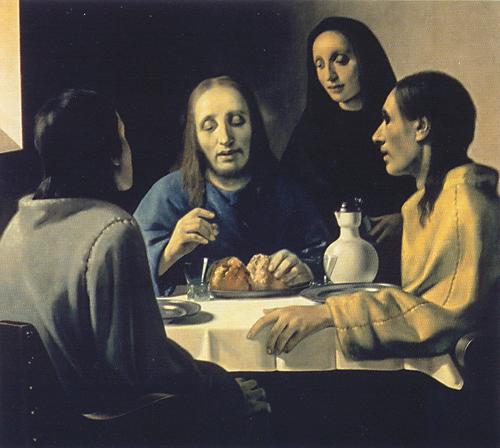
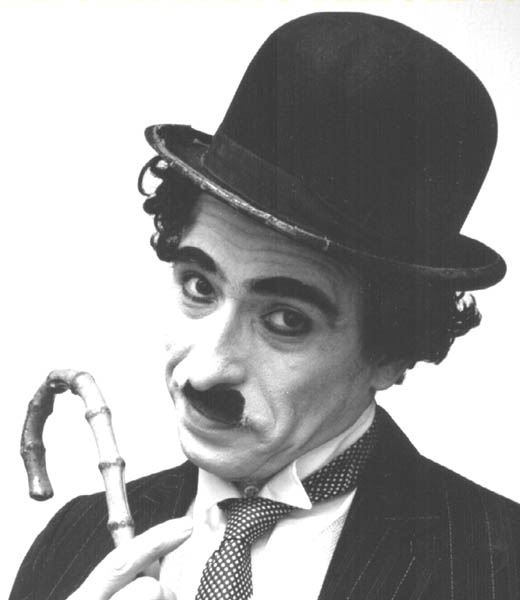
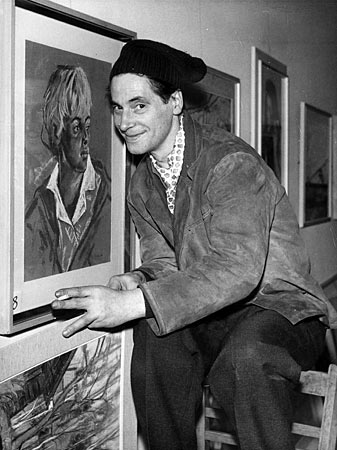
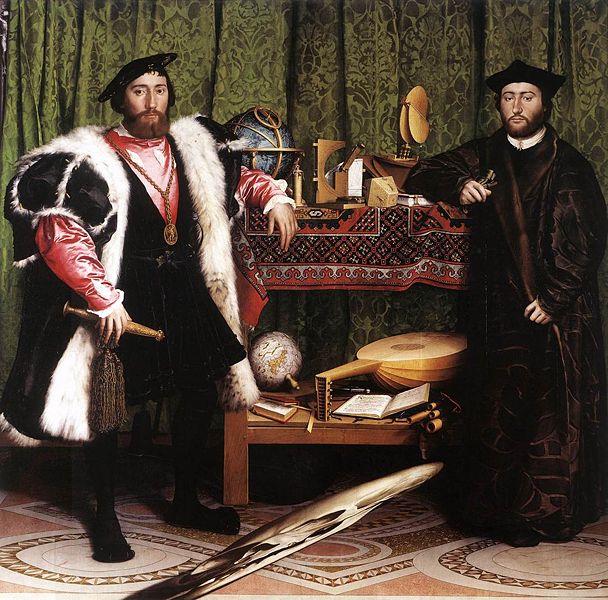
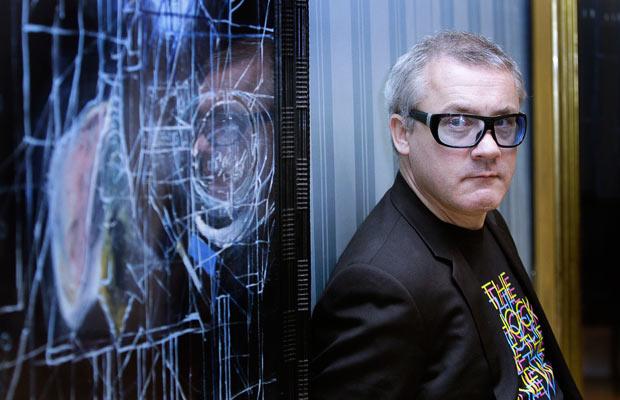
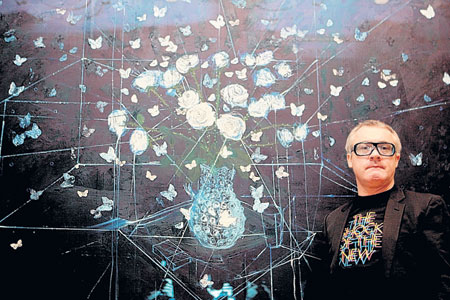



 COMMENTS
COMMENTS